
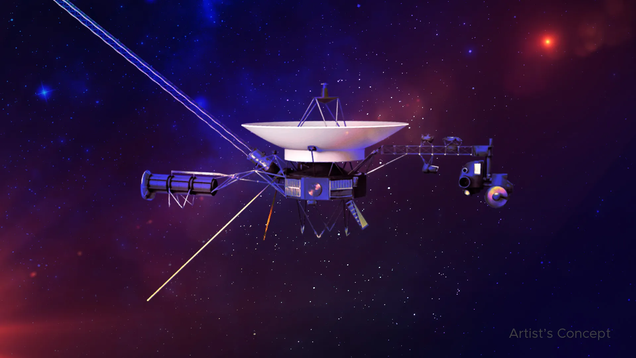
Voyager fans, rejoice! The 46-year-old spacecraft is once again probing interstellar space for cosmic wonders following a seven month-long hiatus.
A recent outburst from the Sun sent a strong blast of charged particles and radiation towards Mars, allowing scientists to get a rare glimpse at how these events unfold on planets other than Earth.
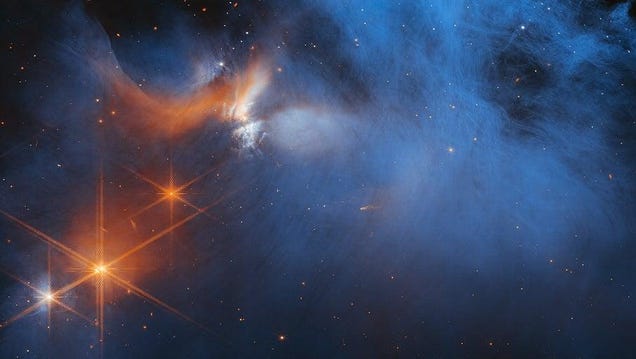
The Pleistocene Epoch—with its glaciers, woolly mammoths, and Neanderthals—still looms large in Earth’s rearview mirror, having ended a mere 12,000 years ago. Now, a team of researchers posit that those hundreds of thousands of years of our planet’s history may have been chilly due to a cloud in space that briefly…
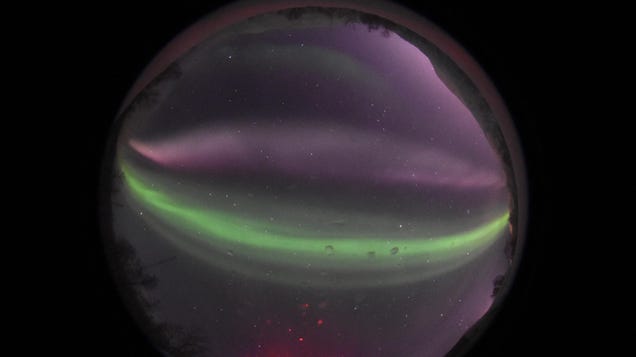
STEVE, a strange ribbon of purple and green haze discovered by citizen scientists in 2016, just got even weirder. While looking through archival data, a team of scientists discovered that the aurora-like phenomenon has a secret twin moving in the opposite direction.
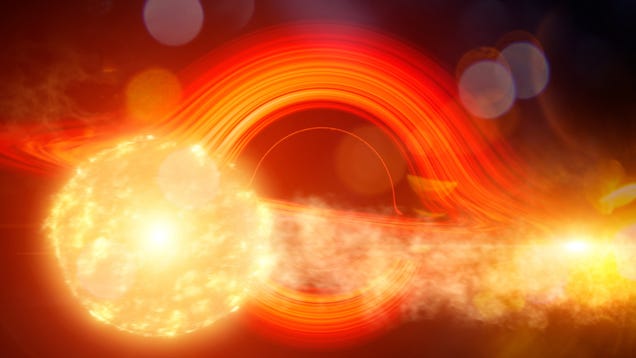
A team of astronomers has managed to calculate the speed of a distant supermassive black hole’s spin thanks to the object’s chance meeting with a star—which it promptly destroyed.
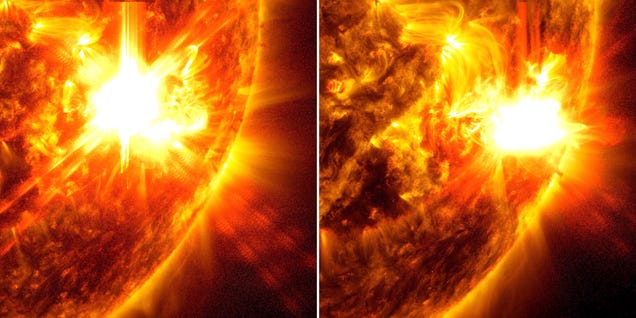
Compasses at the bottom of the ocean wobbled as a massive solar storm hit Earth last week, giving the instruments two miles under the sea a jolt of magnetic shock and awe.

On Friday, Earth was hit by the strongest geomagnetic storm in 20 years. Intense solar activity sent bursts of radiation toward Earth, causing fluctuations in the upper atmosphere that led to disruptions in the power grid and radio blackouts, among other technologies and infrastructure.
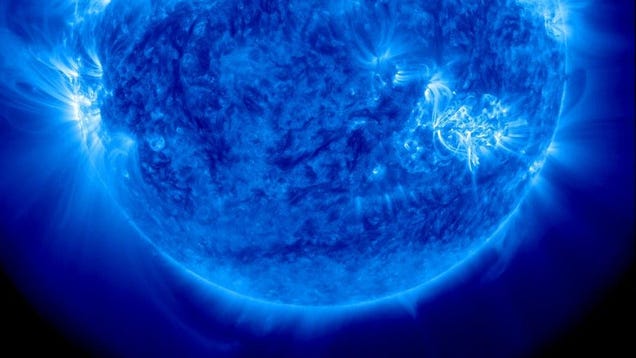
The National Oceanic and Atmospheric Administration’s Space Weather Prediction Center forecasted a “severe solar storm” that’s expected to hit Earth tonight, according to a release.
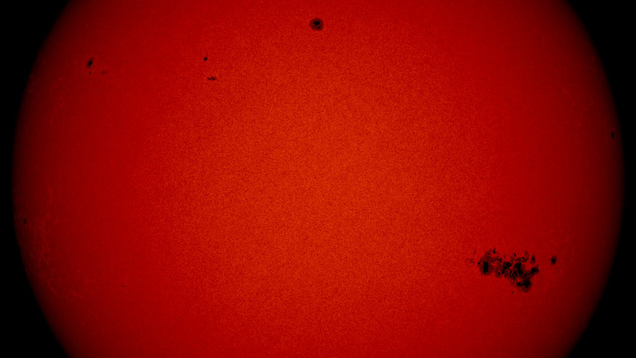
Inclement weather on the Sun’s surface could affect infrastructure on Earth and in space, scientists are predicting, as our host star approaches its solar maximum.
